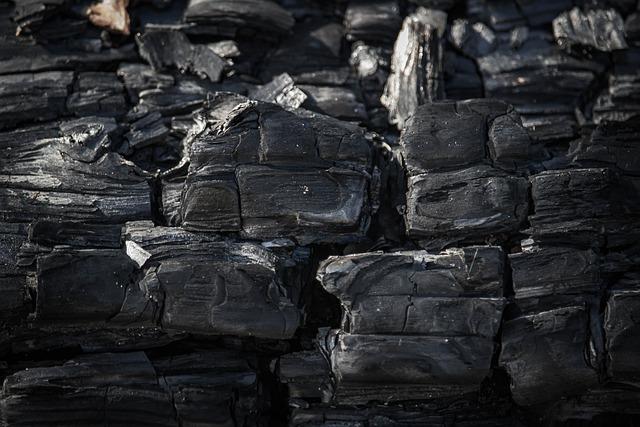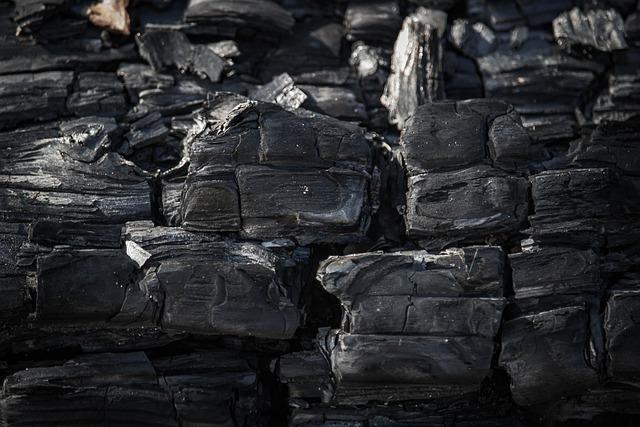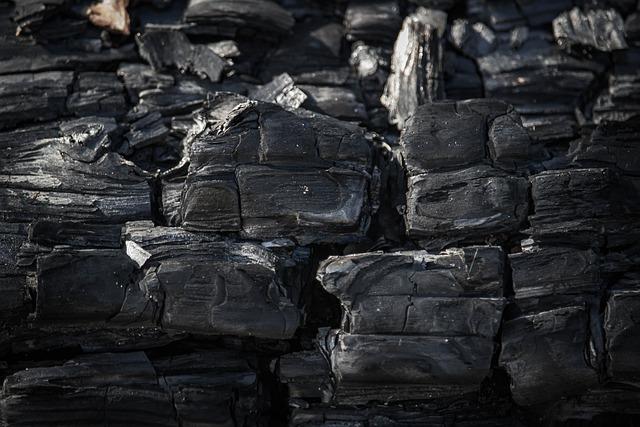- Introduction
- How Do Carbon Capture Plants Work?
- Why Are Carbon Capture Plants Important?
- Types of Carbon Capture Technologies
- Challenges and Innovations in Carbon Capture Plants
- Conclusion
- FAQs
- References
Introduction
Carbon Capture Plants represent a cutting-edge approach to tackling the growing issue of CO2 emissions. In this article, we will cover what carbon capture plants are, how they work, their importance in the fight against climate change, the various technologies used, and the challenges they face moving forward. By the end of this post, you'll have a thorough understanding of how this innovative technology can shape the future of our environment.
We begin by explaining how carbon capture plants function before moving into why these facilities play such a critical role in mitigating climate change. Then, we’ll dive into the different technologies available for capturing CO2 and explore both the obstacles and innovations ahead. The blog concludes with a FAQ section aimed at shedding light on common questions related to this topic.
How Do Carbon Capture Plants Work?

(Image: Pixabay/@geralt)
At their core, carbon capture plants are designed to prevent carbon dioxide (CO2), a greenhouse gas, from being released into the atmosphere by capturing and storing it deep underground or reusing it for industrial purposes. The process involves three crucial stages: capture, transport, and storage. These facilities are often built in conjunction with power stations, factories, or other major polluters to manage their gaseous waste.
In the capture phase, CO2 is separated from other emissions produced during combustion or chemical reactions at power plants. Carbon can either be captured pre-combustion (before fossil fuel is burned), post-combustion (after material is burned), or using oxyfuel combustion, where fuel is burned with pure oxygen for cleaner outputs. Once captured, the CO2 is compressed into a liquid for safe transportation, which typically occurs via pipelines, though it can also be transported by ships in some cases.
The captured CO2 is then stored underground in geological formations, such as depleted oil fields or saline aquifers, ensuring that it doesn’t enter the atmosphere. Recent technology developments allow captured CO2 to also be repurposed in industries such as the food, beverage, and chemical sectors through Carbon Utilization.
Essentially, carbon capture plants work as a form of damage control; while energy sources are still largely fossil fuel-based today, carbon capture mitigates the environmental damage by managing its by-products.
Why Are Carbon Capture Plants Important?

(Image: Pixabay/@MolnarSzabolcsErdely)
One of the primary reasons carbon capture plants are important is their role in reducing greenhouse gas emissions—specifically CO2 emissions, which account for most of the warming caused by human activities. Climate change is driven largely by the unchecked release of CO2 from activities like burning fossil fuels. While renewable energy options like wind and solar are becoming increasingly prominent, they are not yet ubiquitous enough to fully replace fossil fuels globally. In the interim, carbon capture technologies provide a critical solution.
Another significant advantage of these systems is their ability to decouple economic growth from carbon emissions. Industries like cement, steel, and chemicals are difficult to de-carbonize using renewables without disrupting production processes. Instead of halting operations or dramatically increasing costs, carbon capture plants allow these sectors to continue their activities while minimizing their carbon footprint.
Moreover, some carbon capture techniques enable negative emissions. This means they can remove more CO2 from the environment than they emit. Air capture technologies, for instance, extract atmospheric CO2 directly, offering hope that we can actually reduce the overall concentration of carbon dioxide in the atmosphere.
Lastly, legislation and government policy factors make carbon capture highly relevant. Many governments globally have introduced stringent climate targets aligned with the Paris Agreement. Without implementing robust carbon management solutions like carbon capture, many nations would struggle to meet their emission reduction targets.
Types of Carbon Capture Technologies

(Image: Pixabay/@MolnarSzabolcsErdely)
There are several technologies currently being used to capture and store carbon dioxide, each suited to different industrial applications and fuel types. Let’s investigate these technologies below:
Post-Combustion Carbon Capture
This is the most commonly deployed carbon capture technology, used in power plants and industrial setups. Post-combustion systems capture CO2 after fossil fuels are burned to generate energy. The flue gas--a mixture of CO2 and other gases--is treated to absorb CO2, typically using solvents like amines that selectively capture carbon.
Pre-Combustion Carbon Capture
With pre-combustion technology, CO2 is captured before fossil fuels are fully combusted. The fuel—usually coal, oil, or natural gas—is combined with oxygen and/or steam to form a mixture of hydrogen and CO2. The CO2 is separated, and the hydrogen can be used to run turbines or fuel cells, releasing only water vapor as a byproduct.
Oxyfuel Combustion Carbon Capture
Oxyfuel combustion entirely removes nitrogen from the equation by burning fossil fuels in pure oxygen instead of air. This method produces a concentrated stream of CO2 and water vapor, which makes it easier to capture carbon back from emissions. However, oxyfuel injection requires specialized equipment and energy inputs.
Direct Air Capture (DAC)
Unlike the above methods, Direct Air Capture (DAC) doesn’t require a point-source emitter like a power plant but rather captures CO2 directly from the ambient air. The system uses large fans that push air over filters infused with chemicals that bind to CO2. Though the technology is promising, it's costly, and scaling it will require breakthroughs in efficiency.
Challenges and Innovations in Carbon Capture

(Image: Pixabay/@MolnarSzabolcsErdely)
Despite the promise of carbon capture technologies, they’re not without challenges. One major hurdle is cost. Capturing, transporting, and storing CO2 currently requires significant financial investment. For example, constructing the necessary pipelines and storage facilities can be expensive, especially in remote locations.
Energy consumption is another challenge. Whether it’s heating solvents in post-combustion capture or compressing CO2 for storage, carbon capture plants often consume a portion of the energy generated at the facility. This results in additional fuel combustion, making the overall process less environmentally friendly if not optimized correctly.
There’s also some degree of public apprehension surrounding CO2 storage, especially concerning potential leaks from underground storage. Though extensive safety measures are in place at most facilities, long-term monitoring and regulations remain critically important to alleviate these concerns.
On the positive side, carbon capture technologies are improving rapidly. Innovations in materials science, particularly the development of more efficient sorbents and membranes, are driving down costs. Government policies, carbon credits, and new business models enable industries to earn revenue from capturing CO2 rather than viewing it purely as an expense.
Conclusion
Carbon capture plants hold monumental potential for reducing the devastating effects of CO2 emissions on our planet's climate. Since fully transitioning to a net-zero-carbon world will take time, these plants give us a vital tool to buy more time and limit environmental damage. As technology improves, costs decrease, and public support grows, it's clear that carbon capture and storage technology will continue to play a crucial role in our collective fight against climate change.
FAQs
What is carbon capture?
Carbon capture refers to the process of capturing carbon dioxide emissions from sources like power plants before they are released into the atmosphere or directly from the air. The CO2 is then stored underground or repurposed for industrial use.
Is carbon capture technology safe?
Yes, carbon capture technology is usually safe, with extensive protocols and regulations in place to ensure that captured CO2 is securely stored and does not pose a risk to the environment or public health.
How effective is carbon capture in reducing emissions?
Current carbon capture systems can reduce CO2 emissions by up to 90%. Technologies are continually being improved to enhance capture rates and net benefits to the environment.
Are there any limitations to carbon capture projects?
Yes, one major limitation is the cost involved in building and maintaining facilities. There are also logistical challenges in terms of transporting and safely storing CO2.

